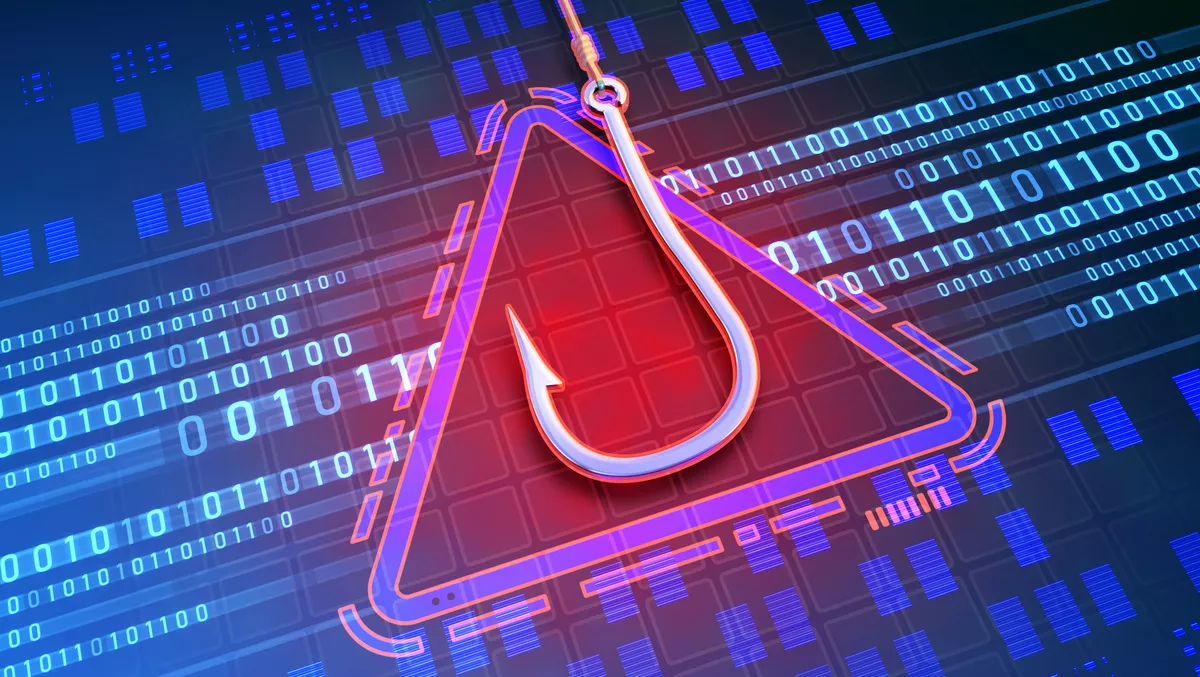
Cybercriminals are growing in sophistication, leveraging various social engineering techniques and Trojan families to target victims more effectively, according to a new report.
Netskope has published new research that found that phishing downloads saw a sharp increase of 450% over the past 12 months, fuelled by attackers using search engine optimisation techniques to improve the ranking of malicious PDF files on popular search engines, including Google and Bing.
The findings are part of the latest edition of the Netskope Cloud and Threat Report: Global Cloud and Malware Trends, which examines the past 12 months of malware downloads from the cloud and web around the globe.
The top web referrer categories contained some categories traditionally associated with malware, particularly shareware/freeware, but were dominated by more unconventional categories. The acceleration in the use of search engines to deliver malware over the past 12 months provides insight into how adept some attackers have become at SEO. Malware downloads referred by search engines were predominantly malicious PDF files, including many malicious fake CAPTCHAs that redirected users to phishing, spam, scam, and malware websites.
The report also found that most malware over the past 12 months was downloaded from within the same region as its victim, a growing trend that points to the increasing sophistication of cybercriminals, which more frequently stage malware to avoid geofencing filters and other traditional prevention measures.
"Malware is no longer confined to traditional risky web categories. It is now lurking everywhere, from cloud apps to search engines, leaving organisations at greater risk than ever before," says Ray Canzanese, threat research director at Netskope.
"To avoid falling victim to these social engineering techniques and targeted attack methods, security leaders must regularly revisit their malware protection strategy and ensure all possible entry points are accounted for," he says.
Based on a subset of anonymised usage data collected by the Netskope Security Cloud platform, additional key findings from the report include:
- Trojans continue to prove effective: Trojans account for 77% of all cloud and web malware downloads as attackers use social engineering techniques to gain an initial foothold and to deliver a variety of next-stage payloads, including backdoors, infostealers, and ransomware. There is no single family of Trojans that is globally dominant. The top 10 Trojan families account for only 13% of all downloads, with the remaining 87% coming from less common families.
- Cloud and web are an attackers perfect pair: 47% of malware downloads originate from cloud apps compared to 53% from traditional websites, as attackers continue to use a combination of both cloud and web to target their victims.
- Popular cloud storage apps continue to be the source of most cloud malware downloads. Additional top cloud app referrers included collaboration and webmail apps, where attackers can send messages directly to their victims in many different forms, including emails, direct messages, comments and document shares.
- Microsoft Office malware files have declined to pre-Emotet levels: EXE and DLL files account for nearly half of all malware downloads as attackers continue to target Microsoft Windows, while malicious Microsoft Office files are on the decline and have returned to pre-Emotet levels. This is due in large part to the past years worth of proactive warnings and security controls introduced by technology vendors like Google and Microsoft.
